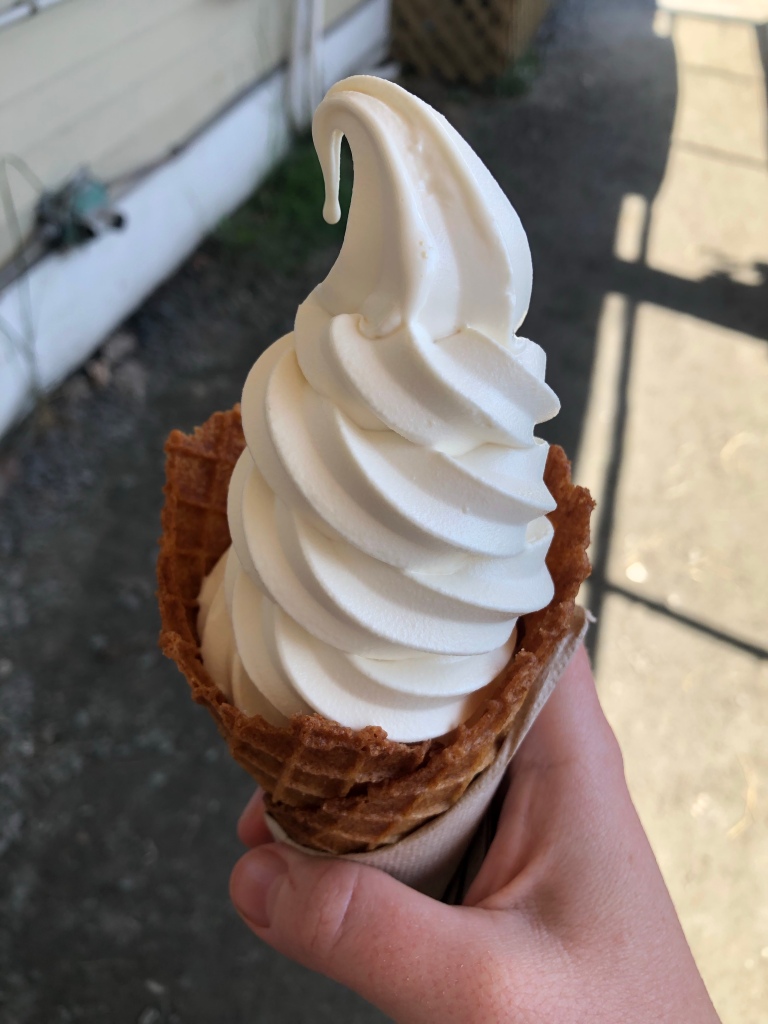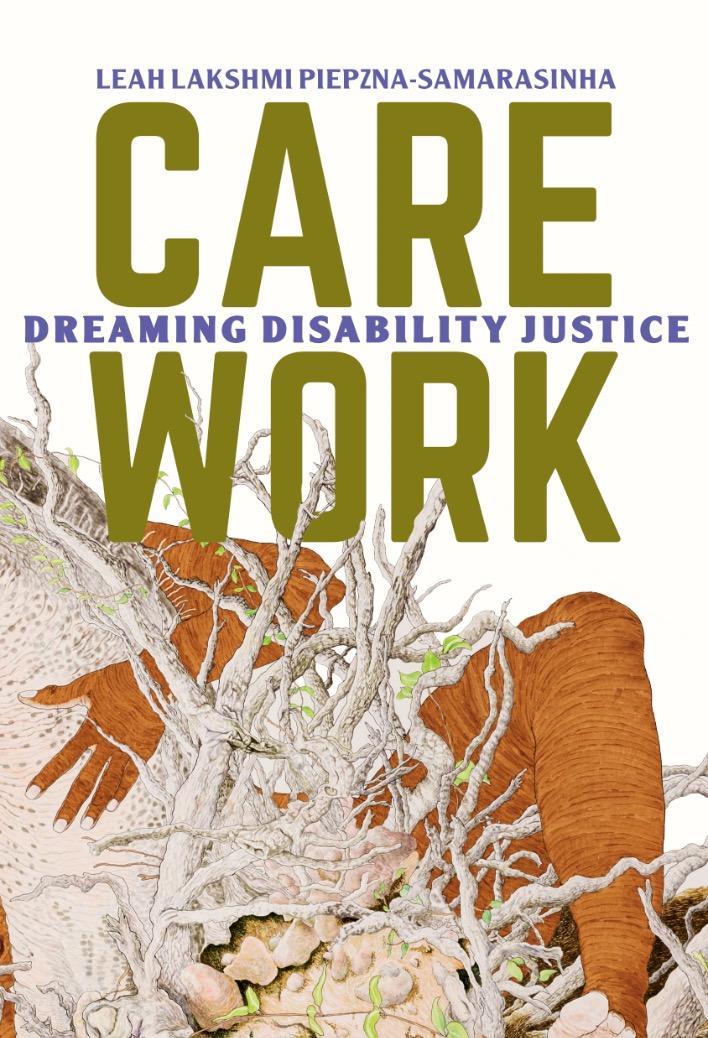I have found myself, this spring, circling back in way that feels very often like failure. Not only have I moved back, against my own will, to a physical place that I left quite deliberately, but I also find myself in a mental place that I revisit all too often. That is, I have been wrestling with exactly the same set of habits and tendencies that I always wrestle with. I write the same goals, the same desirable new habits, the same lists with the same items on them. But perhaps there is something here to learn.
When I think about iteration, I think about Maggie Nelson’s alternatives to being distant and disengaged, from The Argonauts:
The pleasure of abiding. The pleasure of insistence, of persistence. The pleasure of obligation, the pleasure of dependency. The pleasures of ordinary devotion. The pleasure of recognizing that one may have to undergo the same realizations, write the same notes in the margins, return to the same themes in one’s work, relearn the same emotional truths, write the same book, over and over again—not because one is stupid or obstinate or incapable of change, but because such revisitations constitute a life.
We work in cycles and patterns, and this is not a flaw but proof of humanity. It is against the grain of our own nature that we have been taught to exclusively value novelty, change, sudden acts of genius, flashes of spontaneous will. Can we relearn how to look on the cycle itself as a pleasure? Can we remember how to say, “Aha! Here I am again! What can I see this time?” Can we delight in the same old thing, not despite its sameness but because of it?
In 2012, the post Susan Howe, then in her mid-70s, concluded her Paris Review interview by observing that “when I say I’ve broken everything open, maybe I’ve been moving in a circle.” But the circle she observes is a joyous one—of trying to say the same thing, but now having the skills to say it better, to actually make the point. Repetition allows us to grow, even if that seems paradoxical.
In his own Paris Review interview (I’ve been reading a lot of interviews with poets lately) Mark Strand notes that “We forget that there is a thrill that attends the slower pleasures, pleasures that become increasingly powerful the more time we spend pursuing them.” The circle is not a trap. The circle teaches us to be better at our lives, to connect more deeply to our experiences. You cannot both forge expertise and see the circle as a failure.
II.
We don’t, perhaps, live in a good moment for relearning the value of repetition. It is difficult work to appreciate the constant, the frequent, the homely, when one has no chance to do anything else. The value of our routines is mostly taught to us by interruption. For many of us right now, our same-old-life is almost aggressively omnipresent.
Nor do our habits and connections allow the space to inhabit sameness. If we, truthfully, told our social media audiences that 99% of what we do today is exactly what we did yesterday and will do again tomorrow, the entire phenomenon would collapse. Who would addictively read such things? One learns, instead, to highlight the linear, the changing.
Iteration and repetition are not capitalist values. Novelty makes money, novelty drives what brands consider to be “engagement.” But what advertisers see as engagement is the exact opposite of intellectual and spiritual engagement, which require—-demand-—return.
In his tap-essay “Fish” Robin Sloan draws the distinction between “liking” something on the internet (click a button, resume scrolling) and “loving” something on the internet (reading, saving, referencing). Love is a circular act, in which we come back again and again.
Luke Kruger-Howard of GOES books notes that capitalism is an inherently “unimaginative framework” for art, in part because monetary value and its close kin internet likes are falsely posited as the only driving force of creation. Personal satisfaction, mental health, and human connection are not included in the ways we value art in a capitalist system, and in order to re-prioritize those values we will need to reinvent the system itself.
From the other side, too, when one is a “consumer” of art, capitalist models are less useful than the framework of circularity. We get immeasurable benefit from paying attention to things, from looking at them closely. They enter into our consciousness, they jump start our thinking. But that isn’t how our world primes us to act, in the content we produce, as discussed above, or in the content we consume. Read a book, then immediately read a new one. (Or just buy them; nobody cares if you read them.) Watch the entire series in one sitting. Everything swallowed, nothing tasted.
The world moves quickly, we are told, and we need to keep up. But keeping up is only, ever, treading water. There is no end, and the only outcome is fatigue. Human life involves more novelty now than it ever has, and the purpose of that novelty is mostly for us to produce and consume as many products as possible. The last hold out, our attention, is increasingly bound into this same system. And these habits, too, this franticness, are what split us away from our own lived experience. No one makes money from our wholeness.
I do not always find it easy to embrace the phenomenon of “THIS AGAIN?!” Seeing the system for what it is does not get one out of the system, and so much of what we consume, in our quest for linear novelty, is, genuinely, so good. (Much of it is, needless to say, not.) There is no prize, though, for doing the most, for reading every book, for watching all of Netflix. There is no prize for having a flash of understanding and never needing to have it again. The prize for slowing down, for returning, might be love.

 I’ve read several books this year that share a joyful excitement about changing our socio-political thinking. What if we turn everything we accept as true slightly on edge? What if we could get a different perspective? What if we could see progress as a myth, and community as the future? This list includes Adrienne Maree Brown’s
I’ve read several books this year that share a joyful excitement about changing our socio-political thinking. What if we turn everything we accept as true slightly on edge? What if we could get a different perspective? What if we could see progress as a myth, and community as the future? This list includes Adrienne Maree Brown’s